When an electric toothbrush suffers a mode failure, it can switch erratically between cleaning intensities—subjecting enamel to unintended stress patterns that promote enamel cracks. B2B manufacturers must grasp how firmware glitches, user compensations, and hardware oversights converge to create this hidden risk and implement robust remedies.
First, clarify the term:
Understanding these failure signatures is the first step toward prevention.
Next, examine the physical consequences:
These mechanical stresses underline why mode consistency is vital to enamel integrity. Company web:https://www.powsmart.com/product/electric-toothbrush/
Moreover, several root causes undermine mode stability:
Identifying these triggers guides both software patches and hardware tweaks.
To eliminate mode failures—and protect enamel—B2B manufacturers should implement:
These measures ensure smooth, predictable brushing modes at all times.
Furthermore, rigorous QA uncovers latent mode-failure risks before launch:
Embedding these tests in your QMS ensures every unit meets reliability standards.
Finally, empower channels and end users to recognize and respond to mode failures:
Educated partners and users become an extension of your quality assurance, preventing enamel damage before it starts.
Conclusion
Unchecked mode failure not only disrupts cleaning efficacy but directly contributes to enamel cracks through erratic stress patterns. By hardening firmware, refining hardware design, enforcing rigorous QA, and equipping your B2B partners with clear guidance, you can eliminate this dual threat—ensuring electric toothbrushes that are both reliable and enamel-safe. Contact us to implement these best practices in your next-generation brushing systems!
.jpg)
.jpg)

Can a Folding Toothbrush Design Make This Travel Electric Toothbrush Fit in a Wallet?

Beyond Aesthetics: How Integrated Design Elevates Your OEM Electric Toothbrush
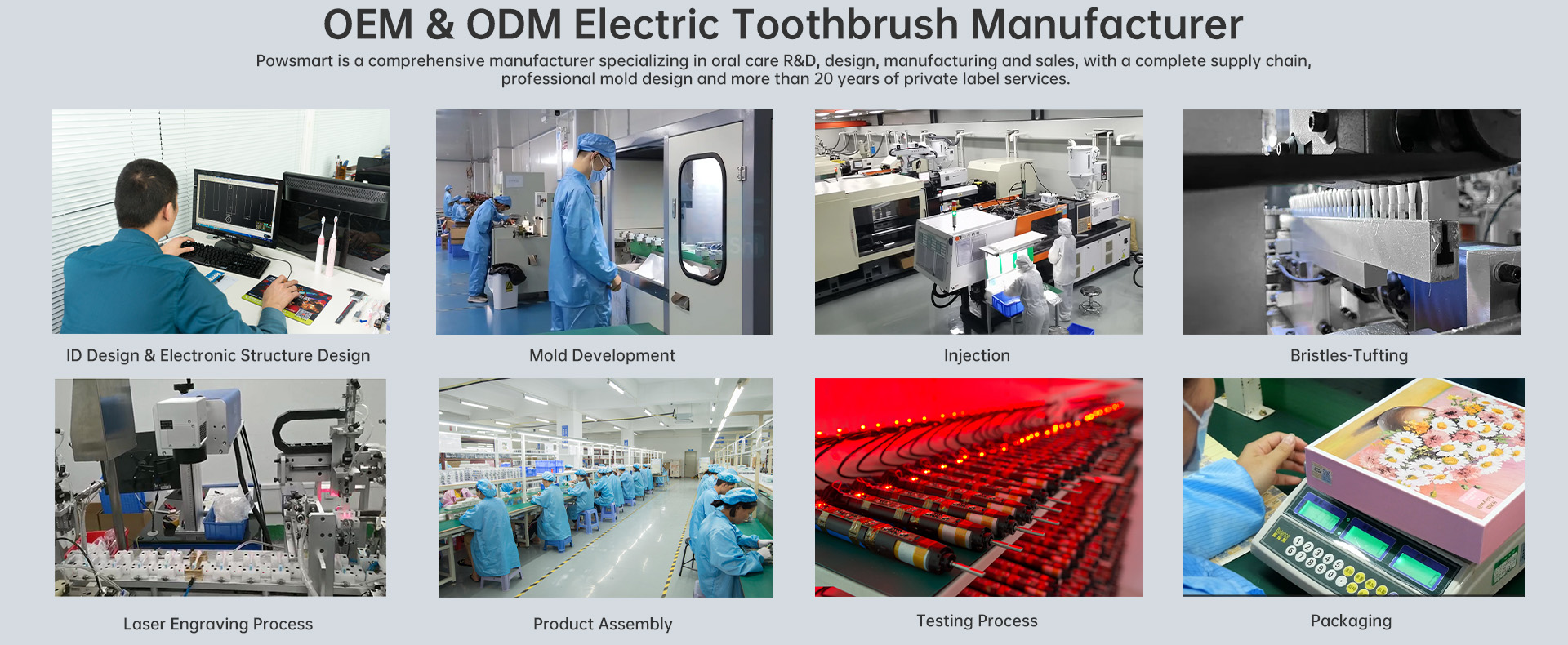
Antibacterial Water Flosser Technology Trend: The Importance of UV Sterilization for Water Tank Hygiene Assurance
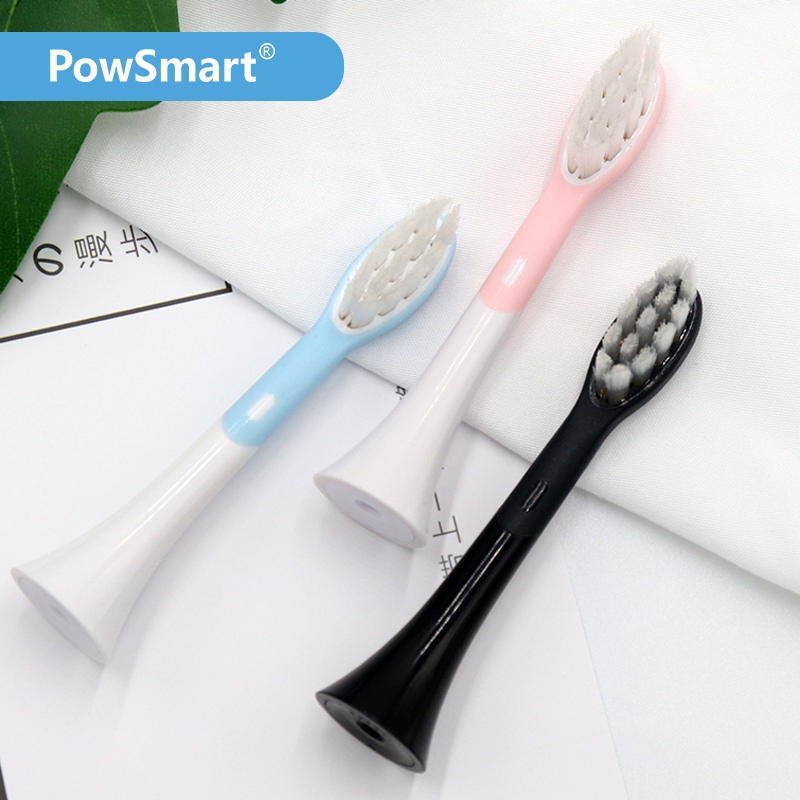
Why Is the Powsmart Ortho Head Key to the Clean Braces Technique?
.jpg)
Gentle Oral Care Products for Sensitive Gums: A Guide for Brands Seeking the Right Manufacturer

Electric Toothbrush Head Customization Solution and Range
Electric Toothbrush with Pressure Sensor – OEM Design & Wholesale Supply
Do Water Flosser Battery leakage and Overheat Dangerously?
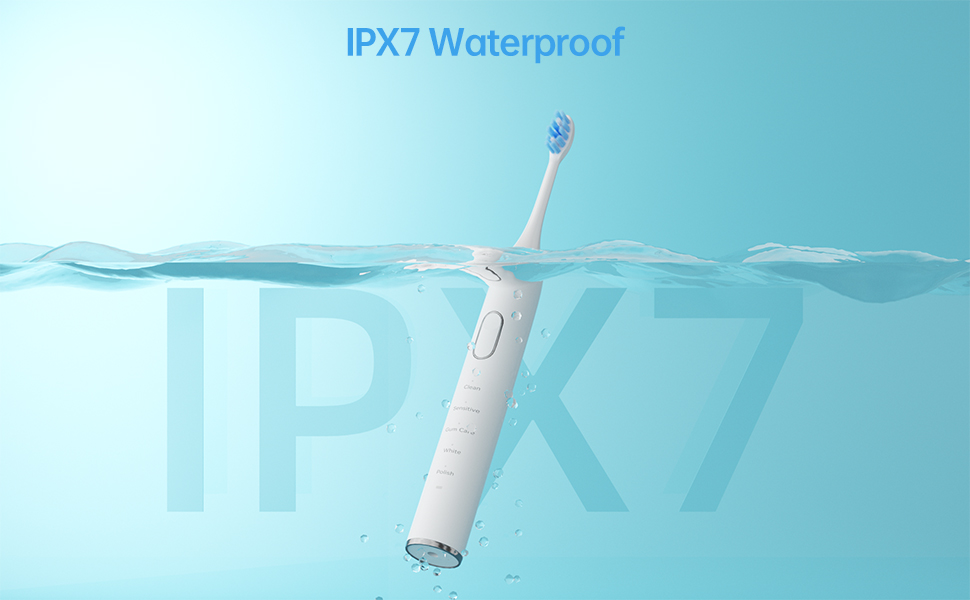
Is the Disinfection Stand for Electric Toothbrushes Useful? An OEM Analysis from the Factory
.jpg)
Overbrush Habit Causing Pulp Inflammation – Irreversible?
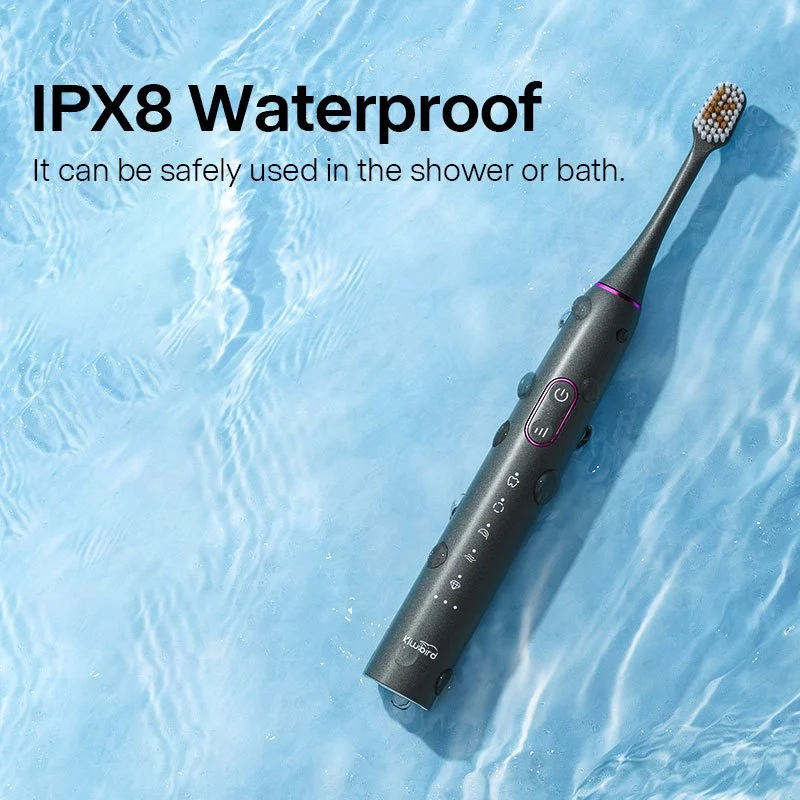
Are IPX7 Kids Brushes Truly Waterproof?
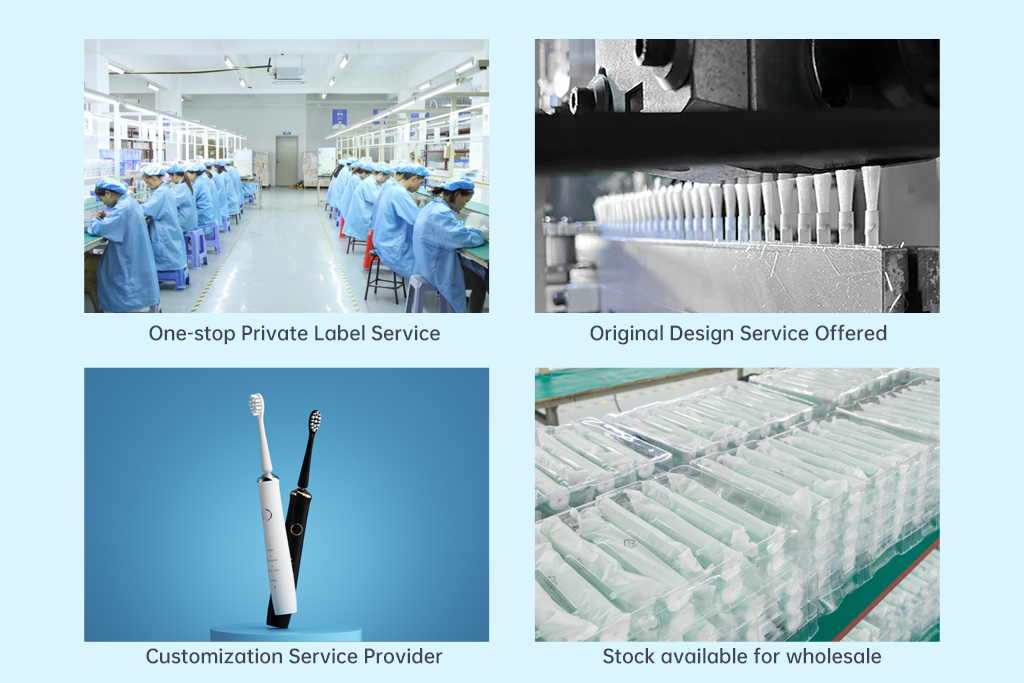
How to Achieve a Win-Win Situation of “Consumption Upgrade” and “Cost Control”?
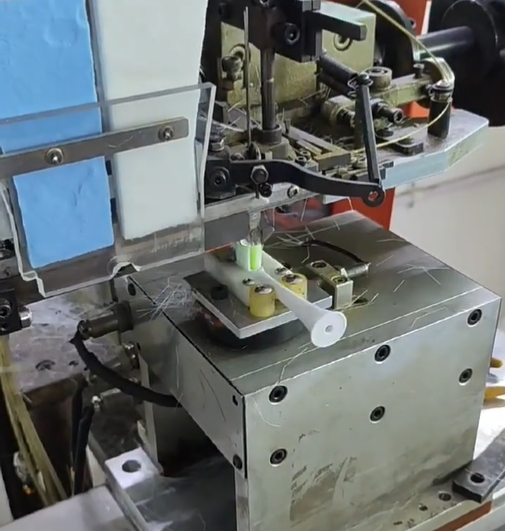
The Science of Electric Toothbrush Bristle Layout: How Do Cross-pattern, Wave-pattern, and Height Difference Affect Cleaning Power?

Are Electric Toothbrush Heads Universal?

Is Kids’ Electric Brushing Really Safe?
Are Erratic Brushing Mode confusion and Timers Failing Simultaneously?

electric toothbrush heads Charcoal Infuse-Round

Electric toothbrush heads Charcoal Infused-Diamond
.jpg)
Florida Electric Toothbrush – Powsmart PTR-C8

electric toothbrush heads Regular Clean

Customization Teeth Whitening Gel

Private Label Whitening Gel

electric toothbrush heads Deep Clean

electric toothbrush heads Ultra Soft
whstapp
whstapp
National Toll-Free Service Hotline
+86 755 86238638